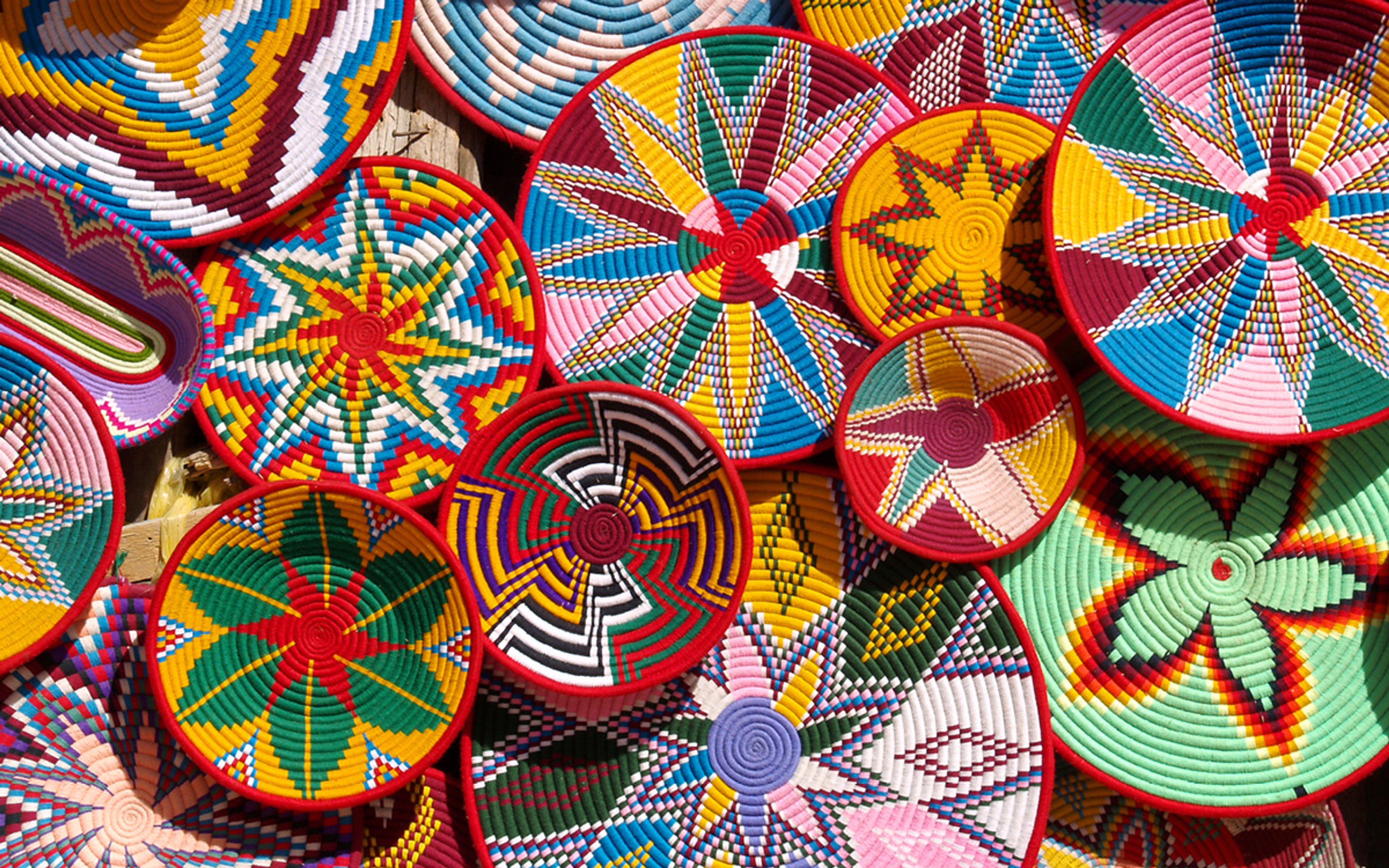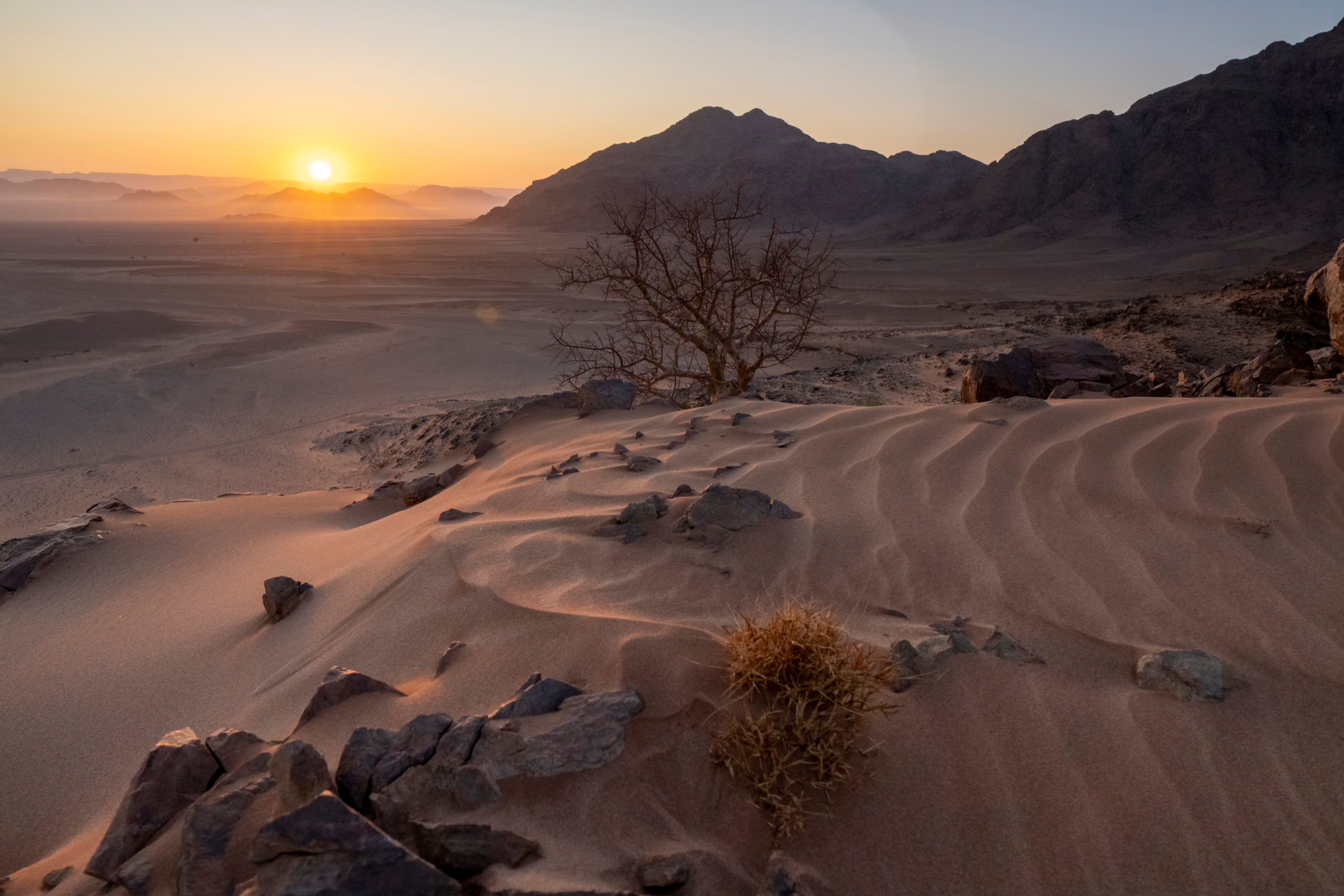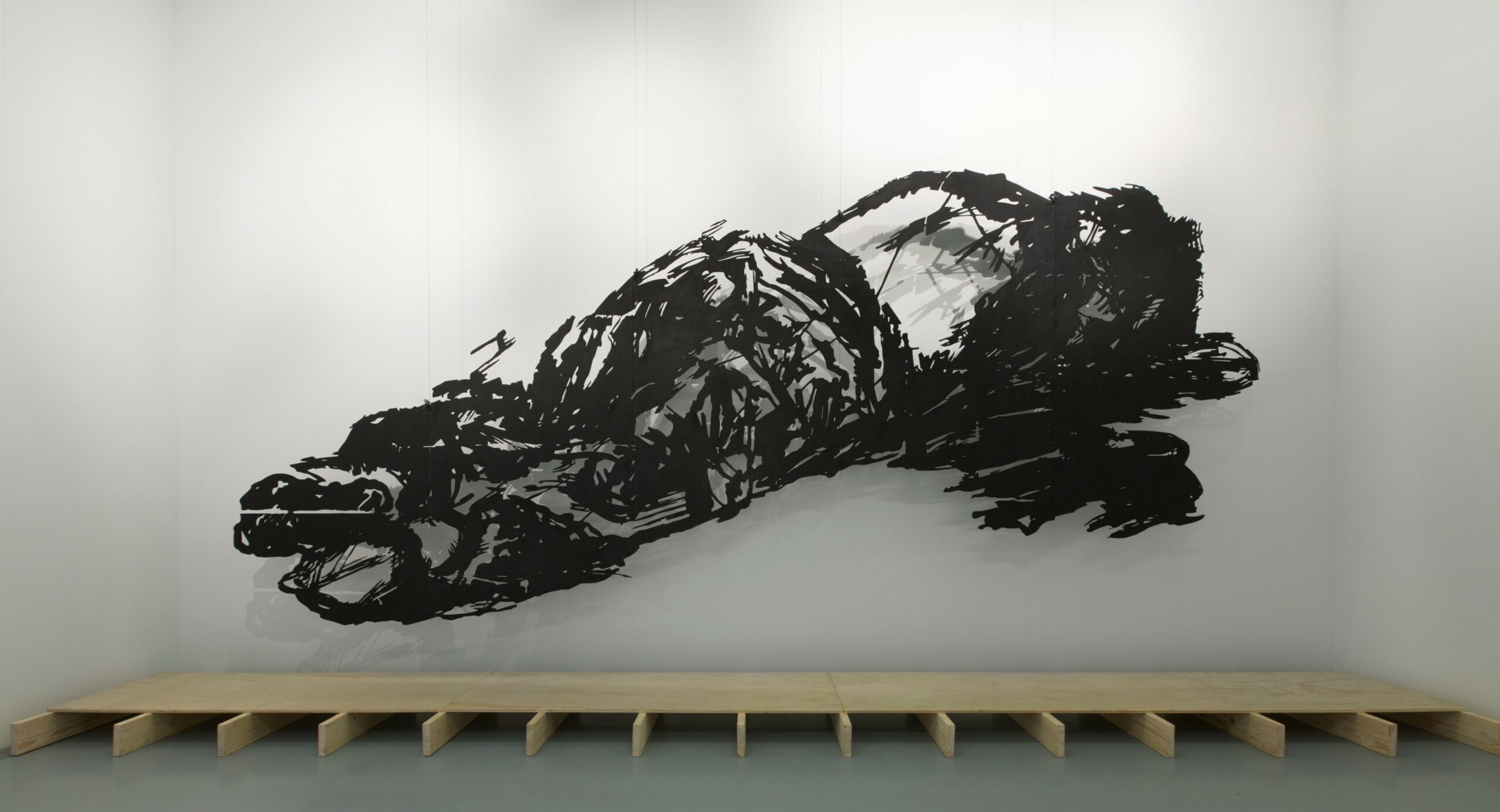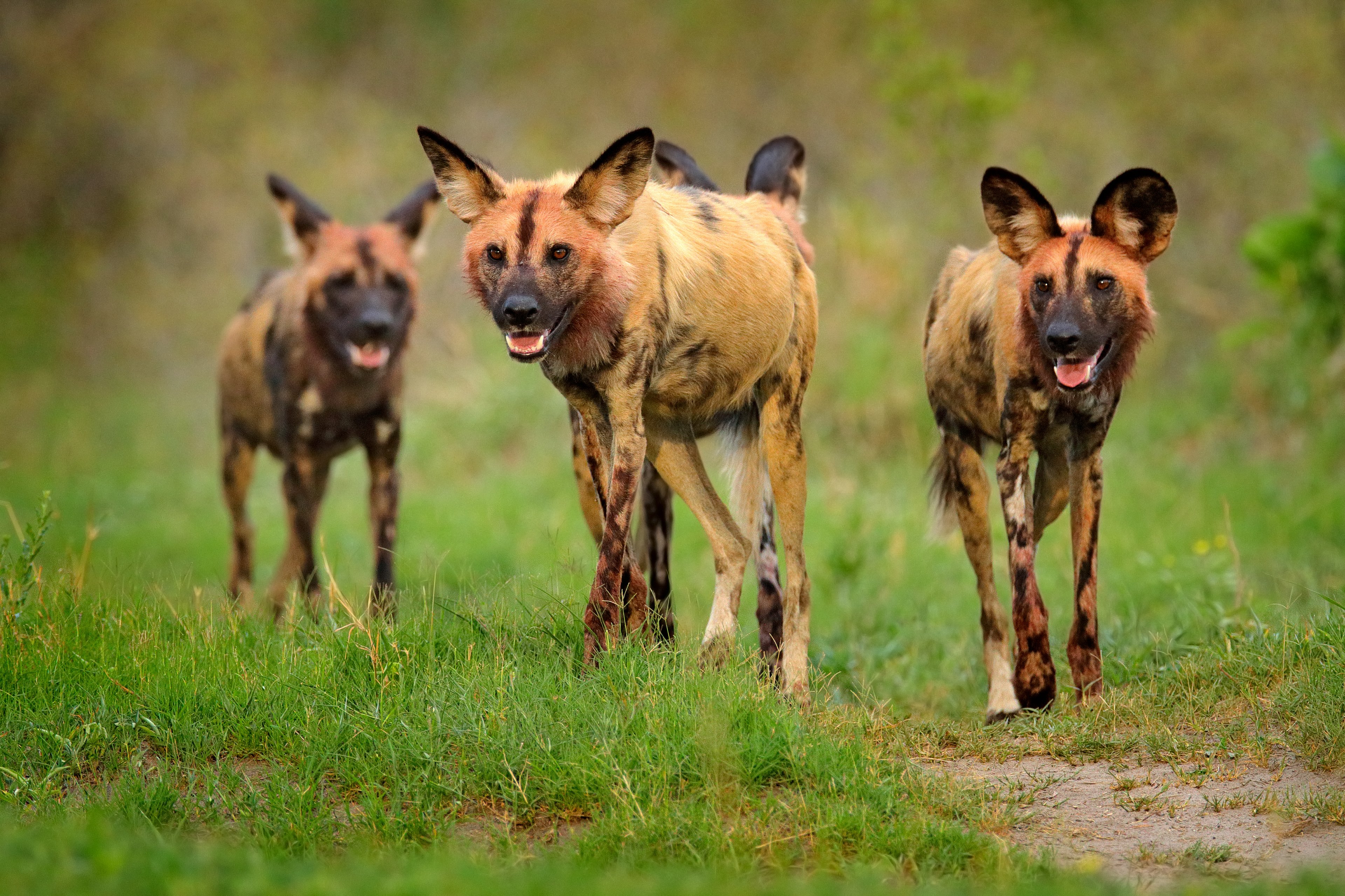It seems that the more time I spend in Rwanda’s capital city of Kigali, the more I discover. From furniture to fashion, art to craft, and architecture to design, this is a city worth discovering.
I’ve written here previously about how inspiring Rwanda is as a country, a culture and an economy, but when I traveled there earlier this year, I was reminded of the sheer variety, quality and excellence of its art, design and fashion scene.
Reinventing traditional craft culture
One of the first things I noticed upon my arrival in Rwanda was the use of striking geometric patterns on the walls of houses. Called imigongo, this unique indigenous art form is found only in Rwanda. Made from cow dung and marked by colorful bands of geometric patterns used as decoration, imigongo has been around since the 18th century. Today the art form is best described as a contemporary cultural expression that has migrated from surfaces to portable wooden canvases, plates, wall hangings, clothing and even shoes.
For fashion designer Moses Turahirwa, imigongo formed the signature for the first collection of his award-winning fashion brand Moshions. His mission to create designs that draw on cultural ideas was inspired by the woven basketry and beaded artworks he was exposed to as a child.
My introduction to Rwanda’s tradition of basketry was revealed upon my arrival at my hotel in the leafy city centre, where a giant sisal bowl adorned with the silhouette of one of the long-horned Inyambo cattle greeted me. It struck me how the culture and traditions of Rwanda are inextricably linked to its artworks and craft. In this case, the Inyambo cattle were traditionally used in dowries, referenced in traditional dances and were even depicted on ancient rock paintings.
Similarly, agaseke – traditional Rwandan baskets used for food and grain storage and as gifts for important ceremonies – are ingrained in Rwandan culture.
Boosting local industry with Made in Rwanda
Moses, and many other designers like him, benefitted from the homegrown ‘Made in Rwanda’ initiative launched in 2015. Ingenious and ambitious, its aim is to help boost economic growth and industry, promoting locally made products at a global level. It not only fostered a dramatic increase in foreign investment but more importantly changed perceptions in the country itself by creating pride and trust amongst the local Rwandan population who had previously aspired to imported products.
Ethical fashion brand Haute Baso, is another of my favorite shops in Kigali, and a success story for the ‘Made in Rwanda’ campaign. Its founder and creator, Linda Mukangoga, has used her clothing, décor and jewellery collective as a means to train local artisans across the entire production chain. “We see fashion as a vehicle for positive change in the empowerment of women and youth who are integral to our value,” she explains. Haute Baso’s ethos is one of simplicity with thoughtful, functional designs, a philosophy found in a mix of woven sisal stools, contemporary agaseke baskets, candles and clothing.
With House of Tayo, designer Matthew Rugamba combines African heritage with modern designs and is celebrated for his bow ties and men’s suits with elegant trims of African kitenge fabric. The brand made global headlines in 2018 with its bespoke “Wakanda Secret Service” three-piece suit which was worn by the brother of Kenyan actress Lupita Nyong’o to the premiere of Black Panther.
The Rwandan government thinks big
As a small nation of 12 million people and with one of the fastest-growing economies in the world, Rwanda has set itself the goal of becoming a middle-income nation by 2035. This sentiment is seen in everything from the standard of safari operators to the efficiency of their Covid policies and their rank as one of the first countries to deliver medical supplies by drone.
In the case of the latter, they enlisted the help of British starchitect Norman Foster to design the drone ports that will facilitate these medical supplies, essentially approaching the architect who has built the biggest airport in the world to build the smallest.
With plenty of interesting architectural projects and a surge of new design shops and collectives popping up in Kigali, our art and design tour is an ode to the country’s creative pulse and I’m thrilled to be adding it to the stable of curated itineraries we offer at ROAR AFRICA.
If it speaks to you, please get in touch with us at welcome@roarafrica.com.




